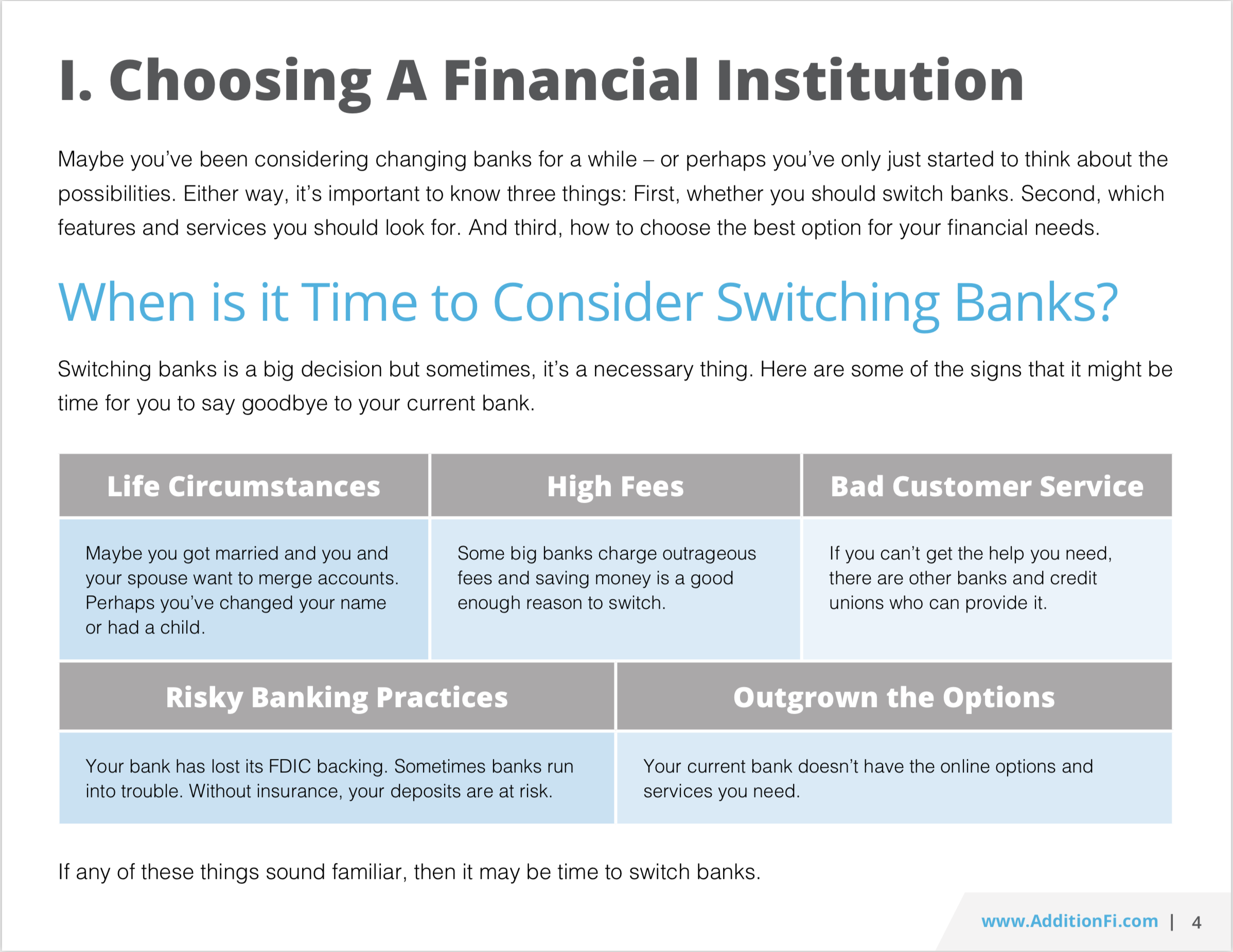
A put is similar to buying an insurance policy for your stock. You buy a put option when it falls in price and then you sell it when it rises. Although you can purchase as many put options as you wish, you should limit your purchases to a limited number. It's a bearish strategy that costs $.25 to buy a put option. The floor price of a put option will protect you from price fluctuation.
You can buy a piece of put.
A put is a contract that allows the buyer to sell stock at a fixed amount if the stock price drops below the strike value. The buyer has the opportunity to make extra money by waiting for the price to fall below the strike price. The put works similarly to selling shares. However the buyer is compensated for the loss of stock price. As with any other investment, a put carries similar risks and rewards. An investor can not lose more than the stock they agreed to buy.
It is important that the buyer remembers that they have the right but not the obligation to purchase an underlying when buying a put. The buyer can reduce the possibility of losing more than what the stock price is by paying a small amount for a put option. On the other hand, the seller does not have the right to the option and will need to purchase the underlying stock at strike price regardless of its price.

Buying a put is a hedging strategy
The most popular way to hedge your portfolio is to buy a put option. This strategy can limit your portfolio's downside exposure. You can minimize your risk of losing all of the stock purchase price by purchasing a put option. This strategy does not yield the same returns as buying in-the-money stocks. However, this does not mean that you should avoid buying put options.
A put option is a reversible option which allows you to sell stock at a certain price and within a specified time. A put option's price is determined by the downside risk. This is the chance that the stock/index will decline in value. The shorter the expiration date, the less it will cost. A put option is a great way to get rid of a long position in an index or stock.
Buy a put is a bearish tactic
A Bearish strategy entails buying a call option on a stock. The process of buying a put is very similar to purchasing an insurance policy on a stock. It can be purchased using option premium, but unlike an insurance policy, a put does not limit the upside profitability of the stock. To make the puts worthwhile, the stock should be worth more than its premium. The put trade will lose its money if the price rise is not sufficient.
This strategy can be used on stock, ETF, index, or futures options. The calculation below does not include the commission charges, which are usually around $10 to $20. You can see that the commissions will vary depending upon which option brokerage you use. Nonetheless, bear put spreads are a popular way to make money when a stock is falling. Buy a put option on the stock that you are most bearish.

A way to protect a floor is to buy a put
The put option is basically an insurance policy. The most commonly used type, the protective put costs $.25. The price you pay for one is the strike price plus the premium. This type of insurance policy will protect you against losses if a stock's price drops below a specific level.
This type is a combination of buying a put or taking a long open stock position. To protect the floor price, the put must be sold at strike price. The difference between the long stock and floor prices is what the floor owner makes. The floor is usually more expensive than a call option. You will need to put more into a option in order to maintain a floor, rather than a call option.
FAQ
How do I know when I'm ready to retire.
You should first consider your retirement age.
Is there a specific age you'd like to reach?
Or would you rather enjoy life until you drop?
Once you've decided on a target date, you must figure out how much money you need to live comfortably.
Then, determine the income that you need for retirement.
Finally, you must calculate how long it will take before you run out.
What should I look for when choosing a brokerage firm?
Two things are important to consider when selecting a brokerage company:
-
Fees - How much will you charge per trade?
-
Customer Service - Can you expect to get great customer service when something goes wrong?
Look for a company with great customer service and low fees. This will ensure that you don't regret your choice.
Which fund is the best for beginners?
The most important thing when investing is ensuring you do what you know best. FXCM is an excellent online broker for forex traders. They offer free training and support, which is essential if you want to learn how to trade successfully.
If you do not feel confident enough to use an online broker, then try to find a local branch office where you can meet a trader face-to-face. You can ask any questions you like and they can help explain all aspects of trading.
Next, choose a trading platform. CFD platforms and Forex are two options traders often have trouble choosing. Both types trading involve speculation. Forex, on the other hand, has certain advantages over CFDs. Forex involves actual currency exchange. CFDs only track price movements of stocks without actually exchanging currencies.
Forecasting future trends is easier with Forex than CFDs.
Forex can be volatile and risky. For this reason, traders often prefer to stick with CFDs.
We recommend you start off with Forex. However, once you become comfortable with it we recommend moving on to CFDs.
At what age should you start investing?
The average person invests $2,000 annually in retirement savings. Start saving now to ensure a comfortable retirement. You may not have enough money for retirement if you do not start saving.
It is important to save as much money as you can while you are working, and to continue saving even after you retire.
The sooner that you start, the quicker you'll achieve your goals.
When you start saving, consider putting aside 10% of every paycheck or bonus. You may also invest in employer-based plans like 401(k)s.
Contribute only enough to cover your daily expenses. After that, you can increase your contribution amount.
Statistics
- Some traders typically risk 2-5% of their capital based on any particular trade. (investopedia.com)
- According to the Federal Reserve of St. Louis, only about half of millennials (those born from 1981-1996) are invested in the stock market. (schwab.com)
- An important note to remember is that a bond may only net you a 3% return on your money over multiple years. (ruleoneinvesting.com)
- Over time, the index has returned about 10 percent annually. (bankrate.com)
External Links
How To
How to invest stock
Investing can be one of the best ways to make some extra money. It is also considered one of the best ways to make passive income without working too hard. There are many ways to make passive income, as long as you have capital. There are many opportunities available. All you have to do is look where the best places to start looking and then follow those directions. This article will help you get started investing in the stock exchange.
Stocks represent shares of company ownership. There are two types: common stocks and preferred stock. The public trades preferred stocks while the common stock is traded. Stock exchanges trade shares of public companies. They are priced on the basis of current earnings, assets, future prospects and other factors. Stocks are purchased by investors in order to generate profits. This process is called speculation.
Three main steps are involved in stock buying. First, decide whether you want individual stocks to be bought or mutual funds. Second, you will need to decide which type of investment vehicle. Third, determine how much money should be invested.
Choose Whether to Buy Individual Stocks or Mutual Funds
If you are just beginning out, mutual funds might be a better choice. These mutual funds are professionally managed portfolios that include several stocks. You should consider how much risk you are willing take to invest your money in mutual funds. Some mutual funds carry greater risks than others. If you are new or not familiar with investing, you may be able to hold your money in low cost funds until you learn more about the markets.
If you prefer to make individual investments, you should research the companies you intend to invest in. You should check the price of any stock before buying it. It is not a good idea to buy stock at a lower cost only to have it go up later.
Choose Your Investment Vehicle
After you've made a decision about whether you want individual stocks or mutual fund investments, you need to pick an investment vehicle. An investment vehicle simply means another way to manage money. You could, for example, put your money in a bank account to earn monthly interest. You could also open a brokerage account to sell individual stocks.
You can also create a self-directed IRA, which allows direct investment in stocks. You can also contribute as much or less than you would with a 401(k).
Your needs will guide you in choosing the right investment vehicle. You may want to diversify your portfolio or focus on one stock. Do you seek stability or growth potential? Are you comfortable managing your finances?
The IRS requires that all investors have access to information about their accounts. To learn more about this requirement, visit www.irs.gov/investor/pubs/instructionsforindividualinvestors/index.html#id235800.
Determine How Much Money Should Be Invested
The first step in investing is to decide how much income you would like to put aside. You have the option to set aside 5 percent of your total earnings or up to 100 percent. The amount you decide to allocate will depend on your goals.
If you're just starting to save money for retirement, you might be uncomfortable committing too much to investments. On the other hand, if you expect to retire within five years, you may want to commit 50 percent of your income to investments.
It is crucial to remember that the amount you invest will impact your returns. Before you decide how much of your income you will invest, consider your long-term financial goals.